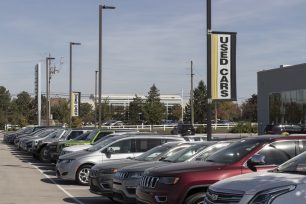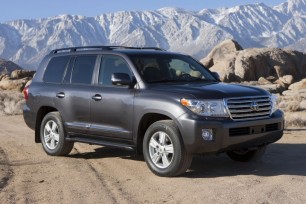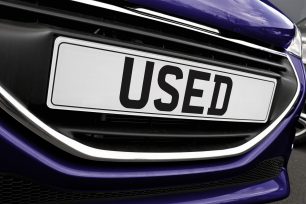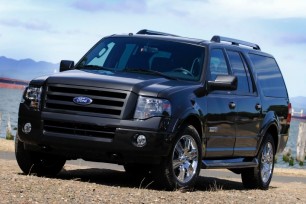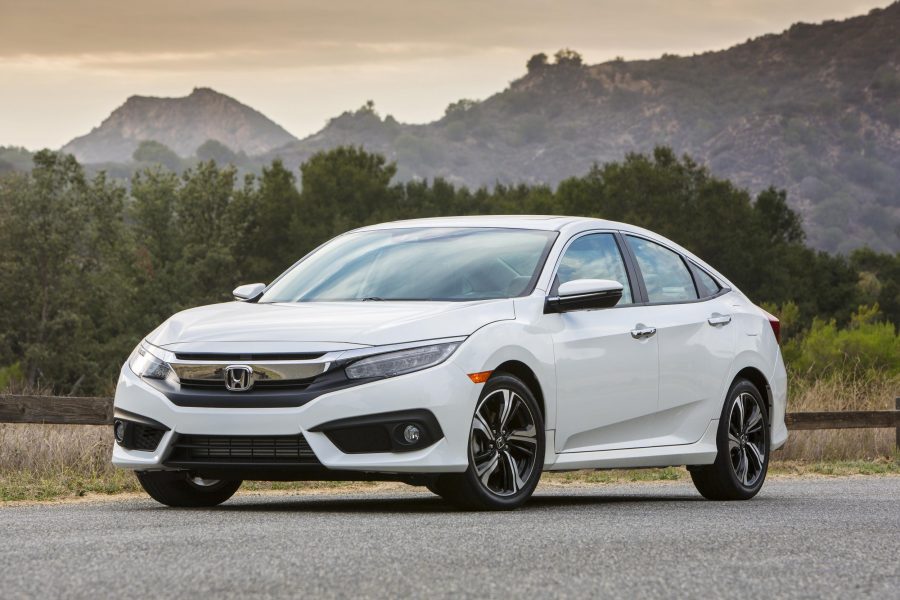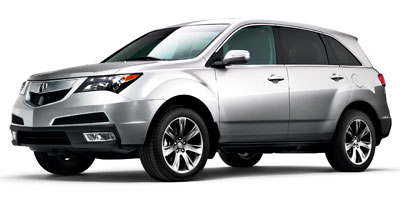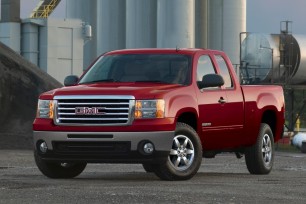For driving enthusiasts, there’s something about a standard transmission that makes driving more fun. Maybe it’s the childhood fantasies of strapping on the racing helmet and feeling the exhilaration of an engine revving to high rpm before shifting. Maybe it’s the feeling of being in control. Then again, maybe it just breaks up the boredom of one-foot driving. Whatever the reason, having a stick shift means that sooner or later you’ll be replacing a clutch. The clutch is one of those wearable parts like brake pads. It will need to be replaced eventually because it is composed of friction material that wears down over time. Replacing one is neither easy nor inexpensive. It’s one of those repairs that people dread making. Let’s take a look at what all is involved in this repair and how much money it takes to make it happen.
What All Is Replaced?
The clutch consists of three major internal parts: the clutch disc, the pressure plate, and the throwout bearing. All three of these pieces are replaced when performing this repair. Unless there are other problems to worry about (like the hydraulic system in a hydraulic clutch) these should be the only parts that will need to be replaced. As is the case with most major repairs, however, it’s not the “what” that runs the price up in a big hurry, it’s the “where” and the “how.”
So the “Where” and the “How” Is the Bad News, Right?
You got it. Your clutch is located directly between your engine and transmission. Getting these two major components apart is never an easy process. Typically, it requires full removal of your transmission. The minimum labor time for this procedure is usually in the neighborhood of three-to-four hours, and can climb as high as eight-to-ten hours on some vehicles. Front-wheel-drive (FWD) vehicles require the drive axles to be removed for this procedure. This only adds to the labor time and the overall cost of the repair. It’s typically easier on a rear-wheel-drive (RWD) vehicle for two reasons: 1) there’s usually more room to work in that area on RWD vehicles, and 2) removing the driveshaft from a RWD vehicle is far less in-depth than removing the drive axles of a FWD vehicle, and it’s in a much tighter area.
So How Much Coin Are We Talking About Here?
With the fluctuation of labor times, the price can vary quite a bit from vehicle to vehicle and shop to shop. Most shops set their own labor rates, and this can make a huge difference in price when you’re talking about repairs that can take up to a day to complete. It really depends on the vehicle. For RWD vehicles the common price is between $800 to $1,200. For FWD cars you could be looking at as much as $2,000 to $2,500. Generally, the average is going to be in the lower $1,000 range for most vehicles, regardless of drivetrain. This includes parts and labor if only the three parts we discussed earlier are being replaced. The higher end of the price spectrum is typically reserved for upscale sports cars and luxury automobiles that have parts which are hard to find.
What If I Need More Replaced?
If you need more than the three main parts of the clutch repaired, chances are you have a hydraulic clutch that has developed a problem. The hydraulic system of a clutch works much like the brake system of your vehicle. It has a master cylinder that holds the fluid, a line travelling down to the transmission that carries the fluid, and a slave cylinder on the side of the transmission that delivers the action to the clutch fork. Most commonly, the slave cylinder is the first thing within the hydraulic system to go. Since there isn’t a great deal of labor involved in replacing it, the added cost of this item is typically just the price of the part. Most slave cylinders run in the neighborhood of $35 to $75. Not a huge jump when you’re already spending over a grand.
(Please remember that these repair prices can also fluctuate based on geographic location, as well as vehicle make and model; and that these numbers represent averages, not actual prices offered at any specific repair facilities.)















